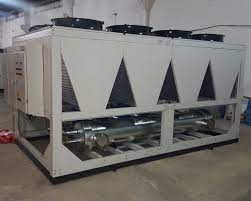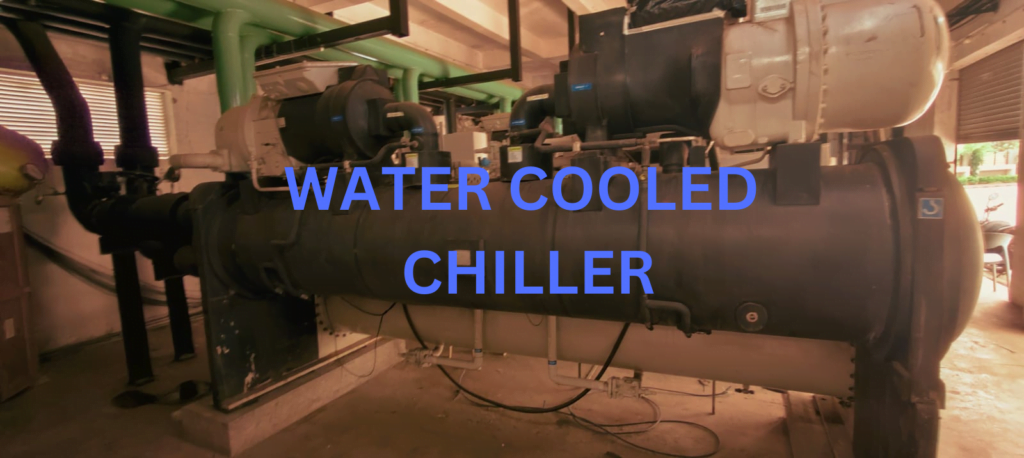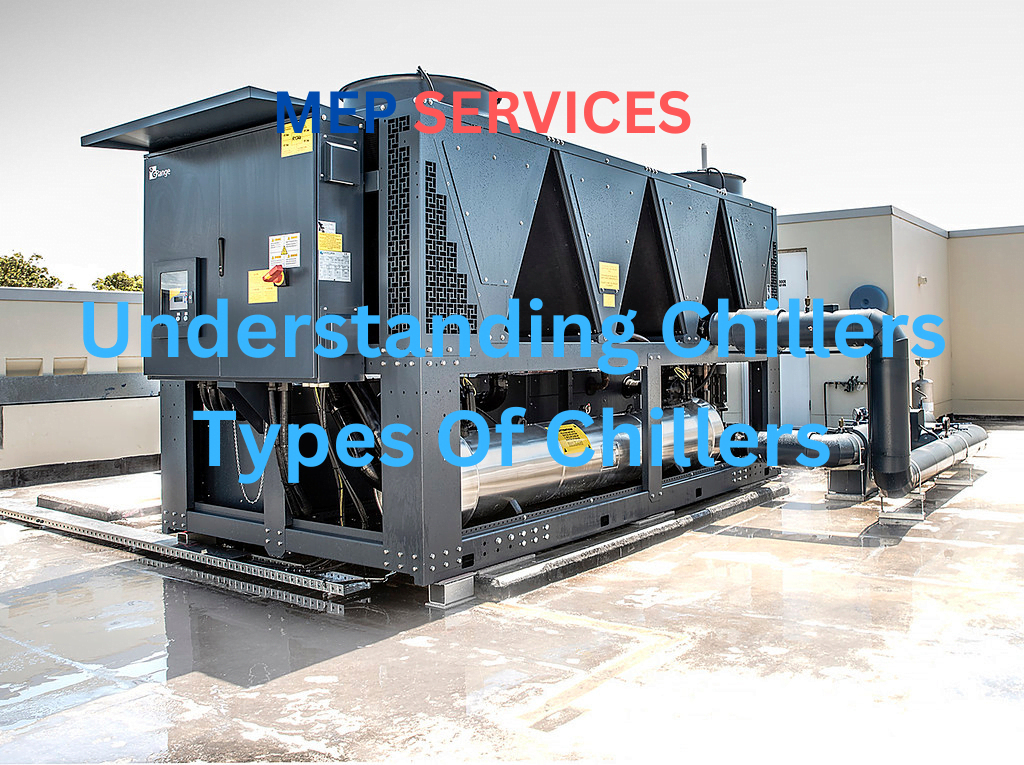A chiller is a machine that is used to extract heat from a liquid, water or a mixture of water and glycol and release it into the surrounding environment. Chillers are commonly employed in industrial and institutional settings to deliver cooling for air conditioning purposes process cooling and other applications where precise temperature regulation is essential. They play a role, in air conditioning systems in larger structures and facilities.
1. Compressor:
The chillers compressor is, like its heartbeat as it works to increase the temperature and pressure of the gas. Different types of compressors such as reciprocating, centrifugal, screw and scroll compressors are commonly used.
2. Condenser:
The condenser plays a role in the system by allowing the hot high pressure refrigerant gas to release heat and transform back into a liquid. It typically utilizes a heat exchanger or cooling tower to dissipate the heat into the surrounding air or water.
3. Evaporator:
In the evaporator, which acts as a heat absorber chilled liquid ( water) absorbs heat from its surroundings like a buildings air or process fluid. As this liquid evaporates it transforms into vapor. Is then returned to the compressor.
4. Expansion Valve:
Regulating the flow of refrigerant into the evaporator is a task handled by the expansion valve. It facilitates a decrease in pressure that allows evaporation and effective heat absorption by the refrigerant.
5. Control Panel:
The control panel serves as a hub, for controls and sensors that oversee all aspects of chiller operation. It constantly monitors parameters including temperature, pressure and flow to ensure performance of the system.
- Types of Chillers:
1. Air-Cooled Chillers:

A machine that removes heat from a liquid substance via vapor-compression or absorption is called chiller.
2. Water Condensed Chiller.
A water condenser chiller is a refrigeration device that transfers heat from one element into another. Most of the energy consumed by a chiller is used to move refrigerant vapor from the evaporator (low pressure) to the condenser (high pressure). Lowering condenser water temperature decreases the pressure differential, so the compressor does less work

3. Absorption Chiller
There are many different types of Absorption chillers but they all work on a similar principle. A heat source such as steam, exhaust gas or hot water is used to generate the Absorption solution.
- COP (Coefficient of Performance): It measures how efficiently a chiller converts energy into cooling output. Higher COP values indicate better efficiency.
- EER (Energy Efficiency Ratio): EER is another metric that relates cooling output to electrical input. Higher EER ratings signify greater efficiency.
- Maintenance: Regular maintenance, such as cleaning coils and checking refrigerant levels, is essential to maintain chiller efficiency over time.











